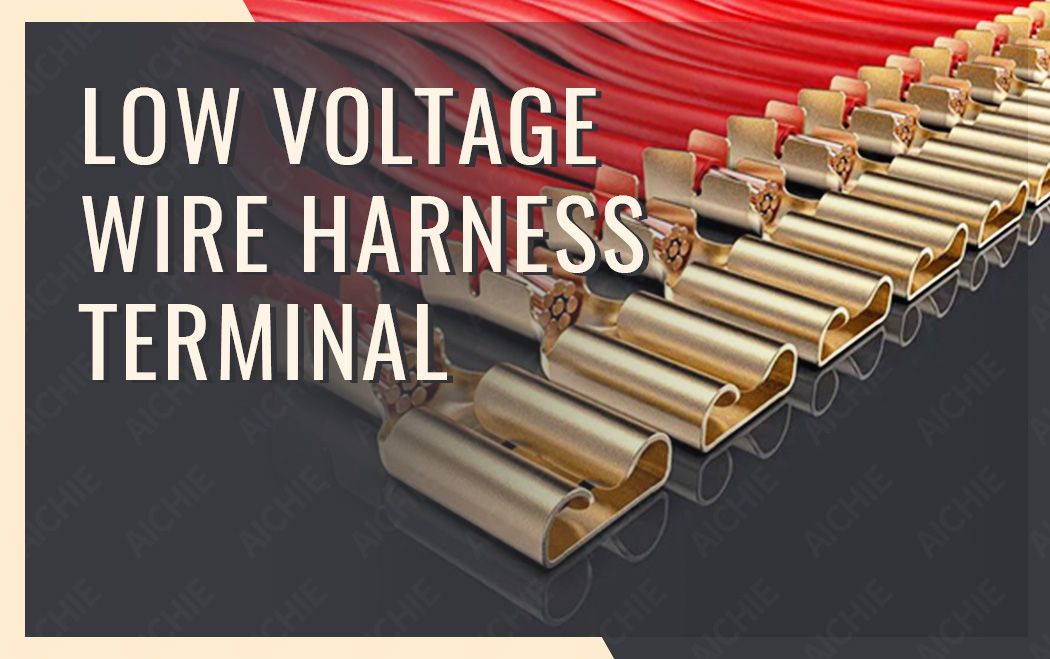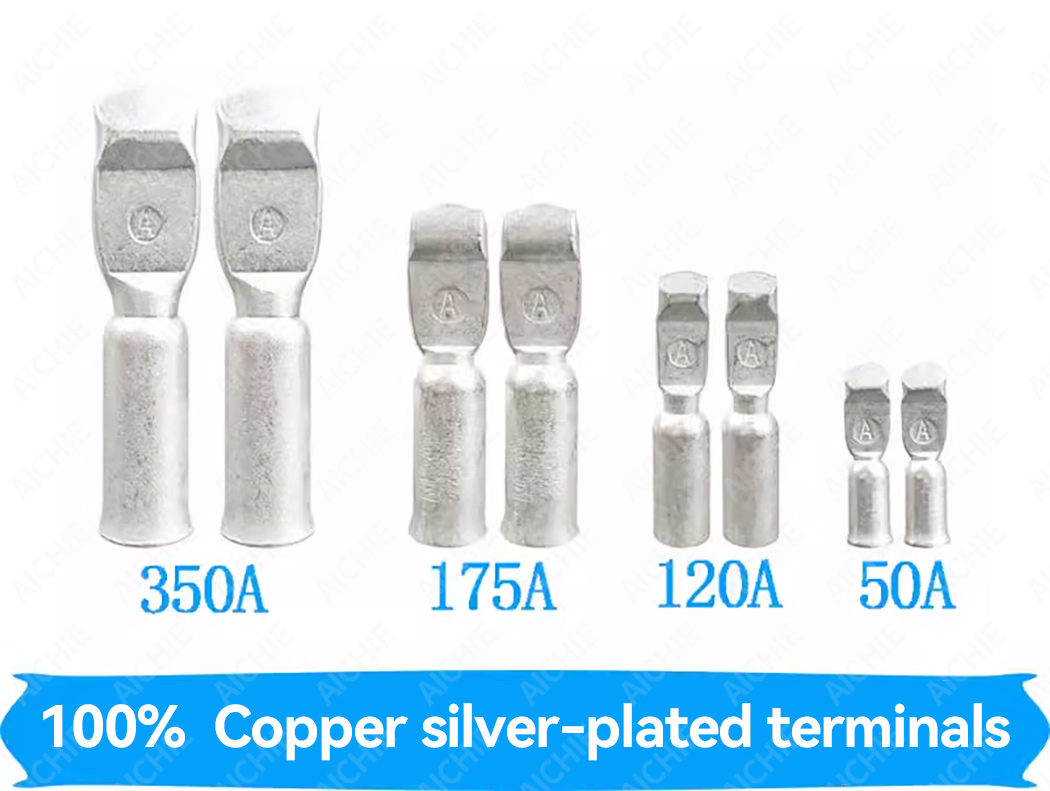We discuss that the silver terminals of low-voltage circuit breakers and contactors will be vulcanized and discolored in a sulfur-containing environment (even if there is trace sulfur in the atmosphere for a long enough time), but the copper tin and copper nickel plated terminals will not be, and the last article left a topic at the end: In order to avoid the trouble caused by discoloration, why not directly tin or nickel plated?

First of all, we need to know why do you want to coat the conductor with other metals? Because the performance of a connector is basically determined by the phenomena that occur on its surface, such as surface contamination, oxidation, secondary oxidation, sulfide formation, corrosion, etc. Contamination of these surfaces increases contact resistance and is detrimental to connection reliability. Therefore, to ensure that the contact resistance of the contact surface is at a low level and long-term stability is the premise of achieving reliable connection. By appropriately changing the thickness and process of the coating within a certain range, different properties of the coating can be obtained, such as plating low-resistance materials (silver, tin, etc.) on the copper bus or copper terminals to reduce the contact resistance, and ensure long-term stability of the contact resistance compared with bare copper. Second, why does copper choose to be plated with silver, tin or nickel? Because bare copper is easy to generate cuprous oxide with a high resistivity in the air (cuprous oxide has a resistivity of 5x10^ 8ω.m, while pure copper has a resistivity of 0.0175x10^(-6) ω.m), and the thickness of the generation is related to temperature and time. Copper in the atmosphere, the resistance of metal-metal contact is relatively low in the beginning of a period of time, but due to the existence of oxygen in the atmosphere, the continuous oxidation process will make the contact resistance increase rapidly, which will lead to overheating of the lap surface, easy to cause fire and other safety accidents, so if it is pure copper lap, it is necessary to polish the oxide layer on the contact surface in advance before the lap to ensure low contact resistance.
The oxide thickness of tin, nickel and silver (in a sulfur-free environment) grows relatively low over time, and the temperature has little effect, especially the oxide of silver has no effect on contact, so silver is undoubtedly the best in terms of coating material properties.

Copper silver plating has obvious advantages in ensuring low resistivity and stability of the contact surface, but it is easy to discolor when encountering sulfur, which gives users an illusion and is easy to cause misunderstanding. Can it be changed directly to tin plating or nickel plating?
We first review the requirements for terminal temperature rise in GB 14048.1-2012 Low voltage switchgear and control equipment Part 1: General provisions. The temperature rise limit is 60K for bare copper terminals, 65K for tinned terminals, and 70K for silver or nickel plated terminals.
| Material of Terminals | Temperature rise limit (K) |
| Copper | 60 |
| Brass | 65 |
| Tinned Copper | 65 |
| Copper Plated Silver or Nickel | 70 |
| Other Metals | b |
Table 1 Temperature rise limits of terminals
In the "Electrical Appliances" of Professor Zhang Guansheng of Fuzhou University and the guidelines of GB/T25840-2010 that specify the allowable temperature rise of electrical equipment components (especially wiring terminals), the relationship between conductor carrying current and temperature rise is: temperature rise is proportional to the p square of current. The P-value depends on the surface heat dissipation coefficient of the conductor and is usually between 1.5 and 2, with an average value of 1.76.
The higher the allowable temperature rise, the more current the conductor is allowed to flow. Based on the above theory, we compare the current carrying capacity of bare copper, tin-plated copper and silver-plated copper terminals of the same specifications.
By comparison, it will be found that the "allowed current through" of copper after silver plating increases by nearly 20% relative to bare copper, so the "allowed current carrying capacity" can be improved simply by changing the coating without changing the conductor specifications.
| Material of Terminals | Copper | Tinned Copper | Copper Plated Silver |
|
Allowed temperature appreciation |
60K | 65K | 70K |
| Allowable current carrying capacity | 100% | 108% | 117% |
For a more practical example, if a specific specification of bare copper terminal in accordance with GB14048.1 temperature rise requirements, its allowable through the current is 1000A (temperature rise does not exceed 60K), the copper terminal after tinning, its allowable through the current can be increased to 1080A (temperature rise does not exceed 65K), the terminal after silver plating, The current allowed through it will become 1170A (temperature rise does not exceed 70K). Conversely, if the current remains the same and the terminal coating changes, how will the terminal specifications change? Readers are invited to think for themselves. If you find that the "current carrying capacity" of the silver-plated terminal has improved, you should actually understand that under the premise of meeting the national standard temperature rise, the "allowed current value" of the silver-plated terminal has increased, because the silver-plated terminal can operate at a higher temperature.
Although silver copper plating will generate silver sulfide with poor conductivity over time in sulfur-containing environment or even in the case of sulfur-containing trace sulfur gas in the atmosphere, the contact resistance of the lap surface will not be affected by silver sulfide as long as it is bonded before sulfurization. Only silver-plated terminals that have been discolored for a long time need to be treated before connecting to the copper bar.
Tinning can avoid discoloration due to vulcanization, but its "allowable current carrying capacity" is reduced. For nickel plating, although its "allowed current-carrying capacity" is the same as silver plating, it is generally less common, and nickel plating is only used when silver plating is not applicable (sulfur-containing gas environment), and the fastening torque of the bolt when bonding is higher, so its cost is not low.
At the end of the article, we conclude that the surface of the copper terminal is plated with tin or silver in order to maintain long-term stability and lower contact resistance to ensure that the temperature rise at the joint is stable. From the point of view of temperature rise, after silver and tin plating, its "allowed through current value" is increased, which is conducive to saving precious metals.
So, is that the answer you thought it would be?